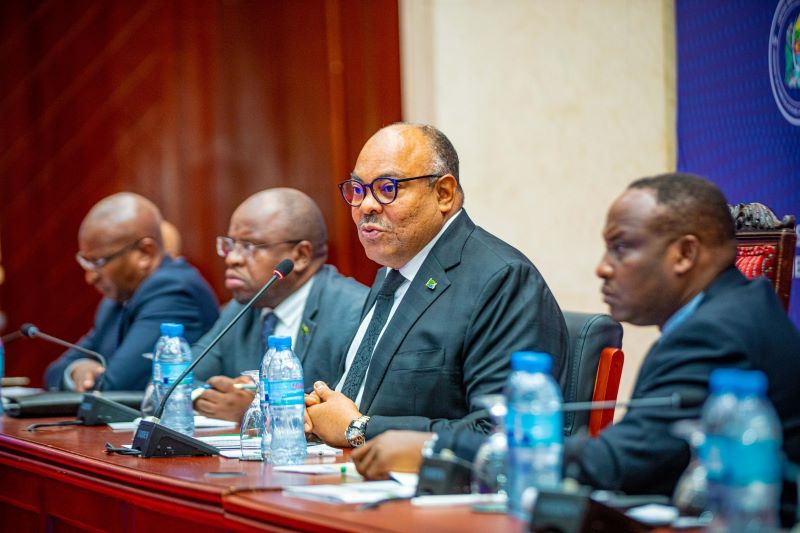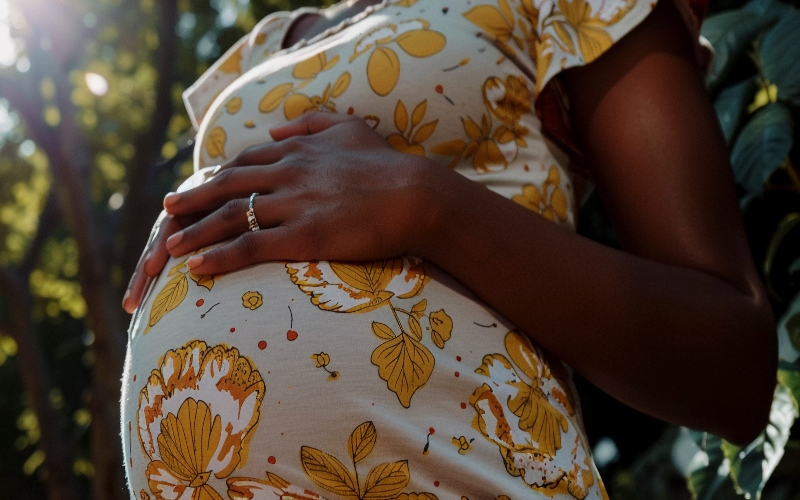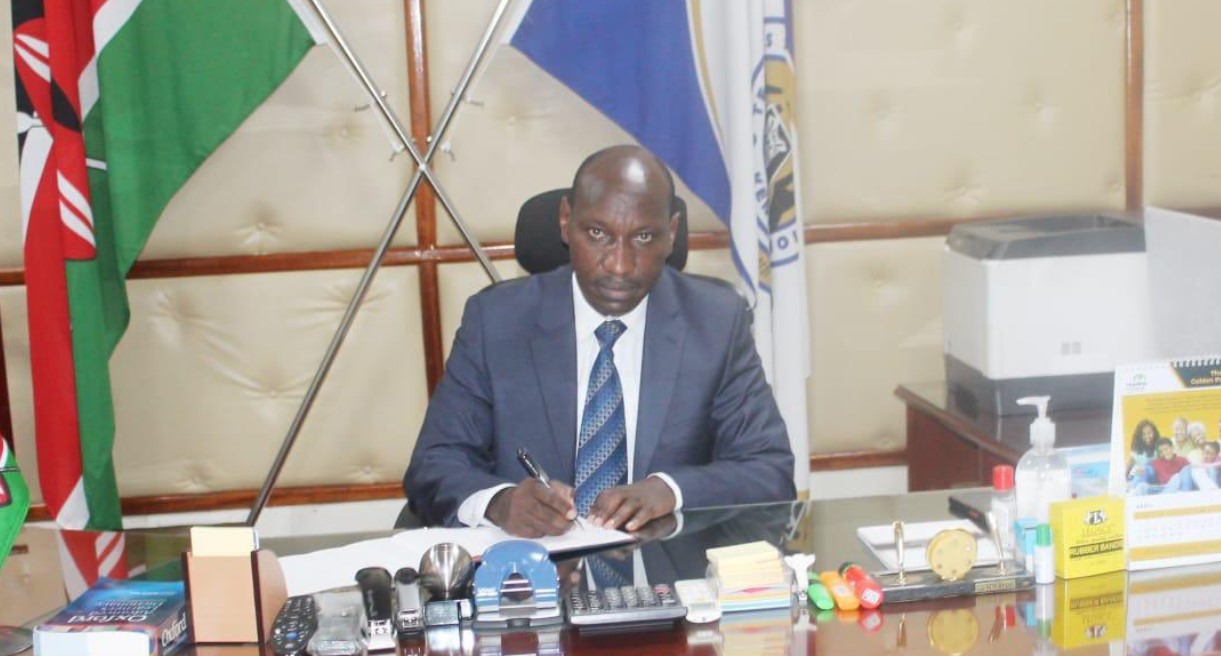81 per cent of Kenyans support Raila's AUC chair bid - survey
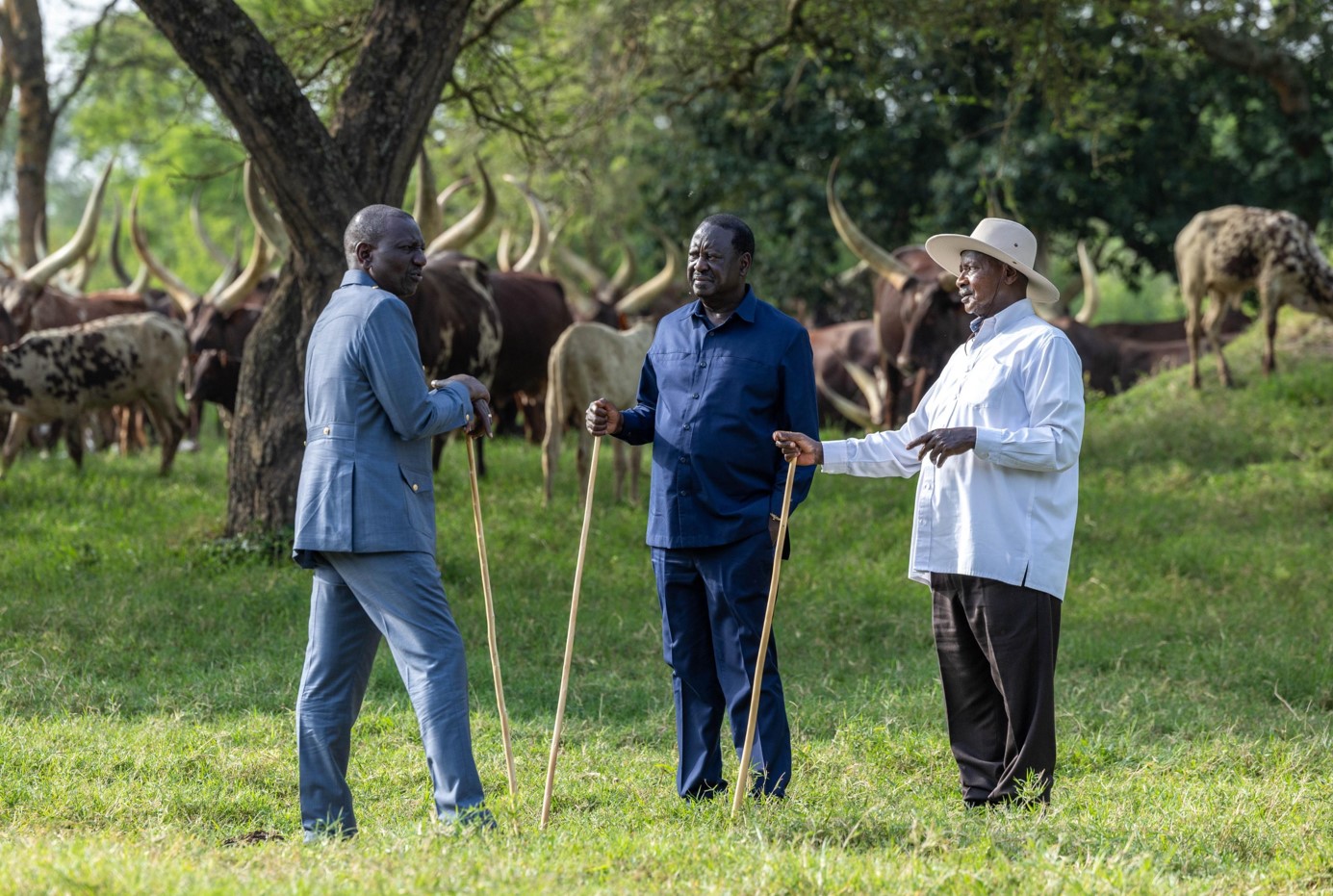
Research firm Infotrak says eight in every 10 Kenyans are supportive of Raila's bid to succeed Chadian Moussa Faki Mahamat.
Opposition leader Raila Odinga's bid to become the African Union Commission's (AUC) chairperson has the backing of 81 per cent of the Kenyan public, a survey has found.
Research firm Infotrak released a report on Thursday showing that only 16 per cent of the respondents were opposed to Raila's bid to succeed Chadian Moussa Faki Mahamat come the election in February 2025.
More To Read
- Saboti MP Caleb Amisi warns ODM may not survive 2027 after by-election struggles
- Raila Odinga's sister Beryl Achieng dies
- Why fight over ODM threatens party’s future, Odinga dynasty - analysts
- Oburu Oginga declares firm grip on ODM, promises to lead in Raila’s footsteps
- Why ODM should convene NDC meeting over broad-based pact with Ruto- Winnie Odinga
- ODM at 20: Babu Owino warns of mass action over cost of living, questions new appointments
"8 in 10 Kenyans claim they support the move by Raila Odinga to contest for the African Union Commission chairperson post early next year," the report states.
The study also found that three per cent of those interviewed were uncertain about supporting the opposition chief, who is the leader of the Azimio la Umoja coalition and the Orange Democratic Movement (ODM).
Infotrak reported that the majority of the support for Raila was in Nairobi, Nyanza and the Rift Valley, at 88, 85, and 83 per cent, respectively. The lowest support—64 percent—was registered in North Eastern.
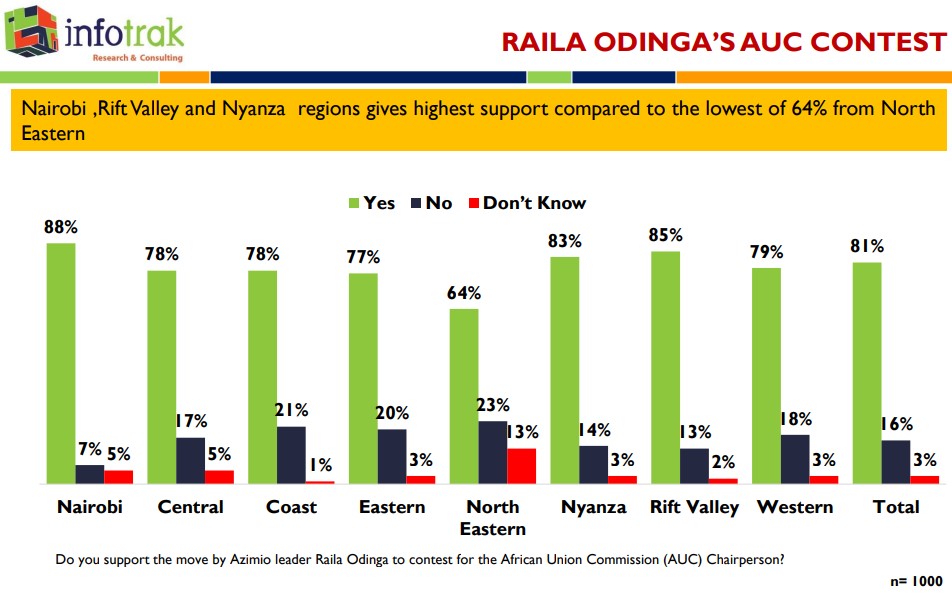
From a gender perspective, the survey revealed, 84 per cent of those supportive of Raila were female and 79 per cent male.
"In terms of age, youth seem to have great support for this move," the report said.
Thus far, the 79-year-old Kenyan opposition leader is one of three candidates for the post reserved for Eastern Africa, the others being Djibouti's Foreign minister Mahamoud Ali Youssouf and Somalia's former Foreign minister Fawzia Yussuf.
Raila has the support of countries including Guinea Bissau and Angola, and President William Ruto has lobbied for him at meetings with leaders including Ugandan President Yoweri Museveni.
Rwanda and Ghana have voiced similar pledges and President Ruto says East African Community members have promised to back Kenya.
Should Raila clinch the seat, he will serve a four-year term until 2028.
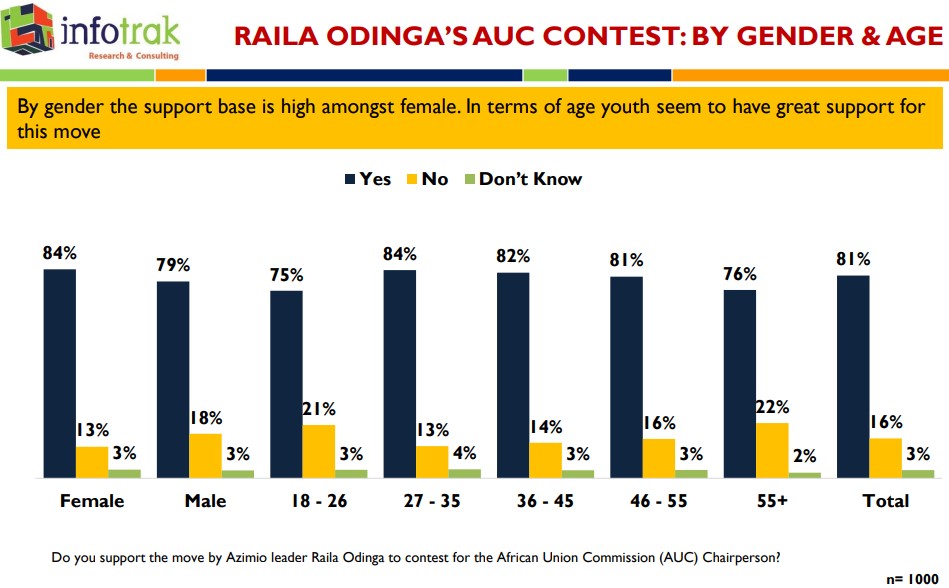
The Infotrak survey involved 1,000 participants from all 47 counties, aged at least 18, and had a margin of error of +/- 3.099 per cent and a degree of confidence of 95 per cent.
Sixty-one per cent of the respondents were from urban areas and 39 per cent from rural areas, while 51 per cent were male and 49 per cent female.
Most of them—34 per cent—were aged 27-45 years, while those between 46 and 55 years accounted for 15 per cent. Nine per cent were aged 55 and above, while eight per cent were in the 18-26 age bracket.
Seventy-two per cent were either formally, casually or self-employed while three per cent were retired.
Top Stories Today
